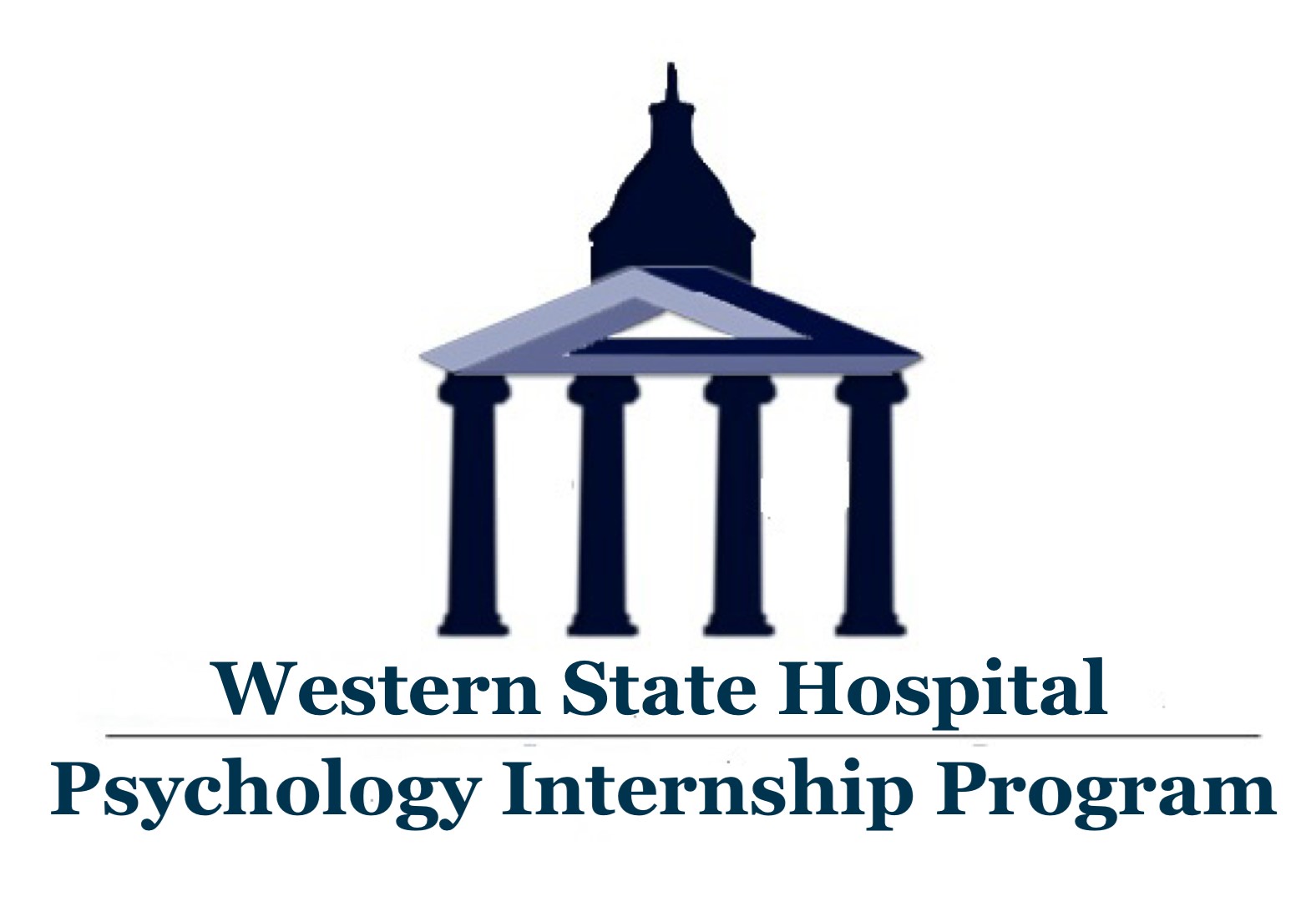Attention Deficit Hyperactivity Disorder (ADHD) has been a hot topic for some time now and more and more children are being diagnosed with ADHD than ever before. Lunau (2014) quoted Enrico Gnaulati by writing that an ADHD diagnosis is “as prevalent as the common cold.” If this is the case, how do we, as clinicians, respond to this phenomena?
Lunau noted that more than one in ten children are diagnosed, typically, boys. (Lunau 2015) In her research, she look at various states and how each approached the diagnosis and subsequent treatment of ADHD. She brought forward information regarding North Carolina and California to elucidate the vast differences how one can approach ADHD. She noted a 16 % diagnosis rate for children in North Carolina, whereas California has a 6%; she also discovered that children in North Carolina were 50% more likely to receive medications as treatment for ADHD symptoms. Lunau looked to the work of Hinshaw and Scheffler (reference information not provided in Lunau’s work) who explore the multiple variables that may impact these statistics, including demographics cultural influences, and health care policy. Ultimately, they discovered that school policy has the largest impact.
Specifically, school mandates in North Carolina for higher test scores may have impacted the perceived need for some children to receive additional services and, in some cases, children receiving academic based services are not included in the test score average (Lunau, 2015).
So, given the significant difference between the incidences of ADHD across state, are we witnessing an epidemic or a cultural phenomena that carries with it a secondary gain of medication management to attempt to manage behaviors or increase school testing scores. Taking a step back and looking at ADHD from a global perspective, Lunau noted other countries are not experiencing a similar increase in the onset of ADHD in their children and briefly explored how other factors may mimic ADHD symptoms, like sleep deprivation. Though briefly mentioned, Lunau indicated the need for further exploration into how ADHD is assessed and diagnosed.
When looking at the high rates of ADHD, we must also begin to consider how this diagnosis is treated. Is medication the ideal treatment? The CDC published a study (PR, 2015) which looked at the various types of treatment our children are exposed to. Results indicated 1 in 10 children, ages 4-17, diagnosed with ADHD received behavioral therapy, 3 in 10 received medication and therapy, and 1 in 10 received no treatment. When looking at preschool aged children, 1 in 4 received medication alone and 1 in 2 received both medication and therapy. This begs the question of whether or not we are over medicating our children so early in life. What are the long term implications of medication only interventions on the overall development of the child?
The CDC study highlighted that states which provided increased amounts of behavioral therapy also experienced lower rates of medication management for the treatment of ADHD, and vice versa. Bell and Efron (2015) briefly explored the impact of tri-cyclic antidepressants as a possible treatment for children with ADHD and noted tricyclic outperformed, in one trial, clonidine in the reduction of symptoms. The information in these three articles is obviously not exhausted, however, it does highlight the need for continued research in the assessment, diagnosis and treatment of ADHD and an active re-evaluation of how cultural/social influences can impact the national conversation of how we understand ADHD.
Bell, G., & Efron, D. (2015). Tricyclic antidepressants – third-line treatment for attention deficit hyperactivity disorder in school-aged children. Journal Of Paediatrics & Child Health, 51(12), 1232-1234. doi:10.1111/jpc.13031
Lunau, K. (2014). Giving ADHD a Rest. Maclean’s, 127(8), 48-50.
PR, N. (2015, April 1). CDC publishes first national study on use of behavioral therapy, medication and dietary supplements for ADHD in children. PR Newswire US.
Jennifer Roman, M.A.
WKPIC Doctoral Intern
